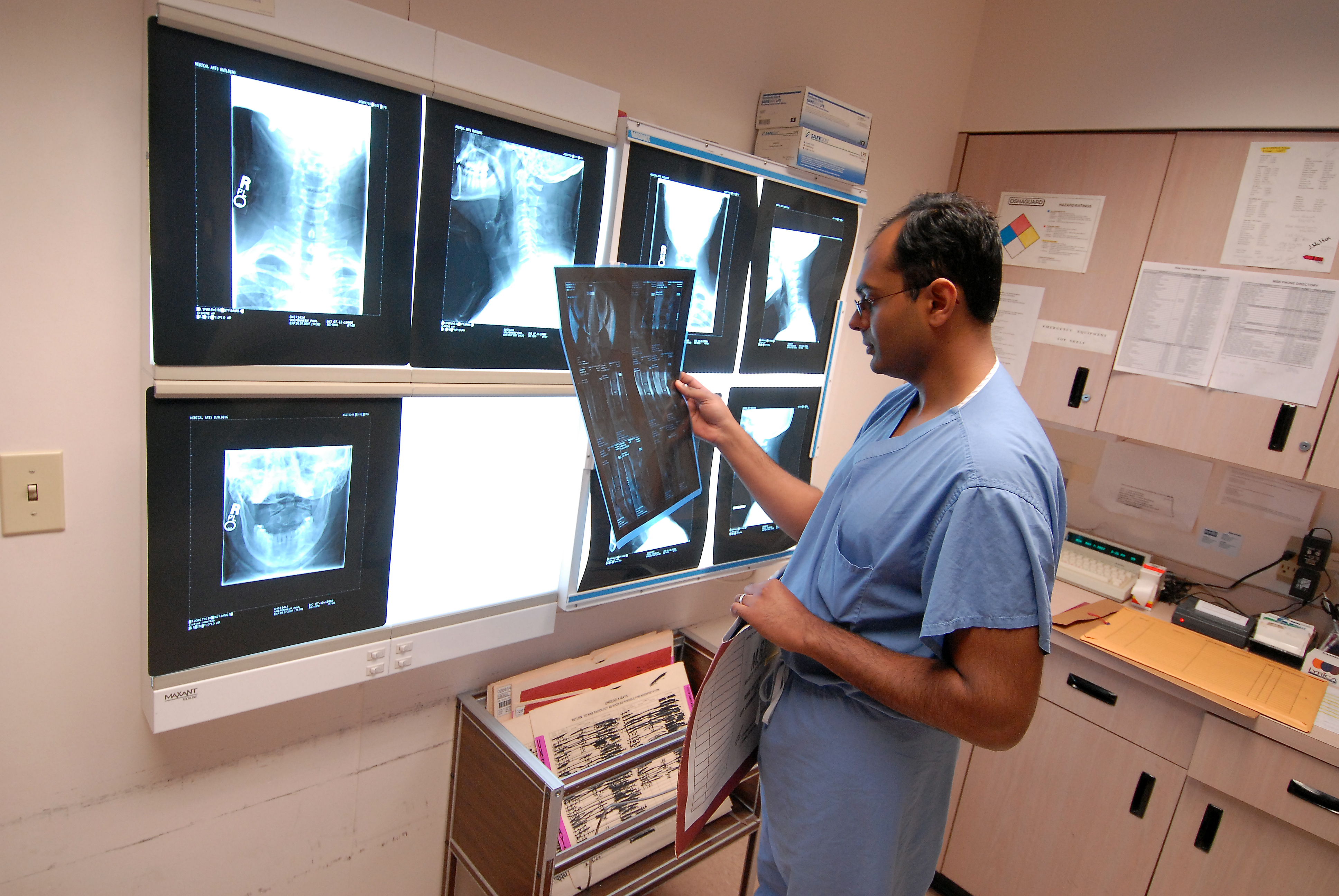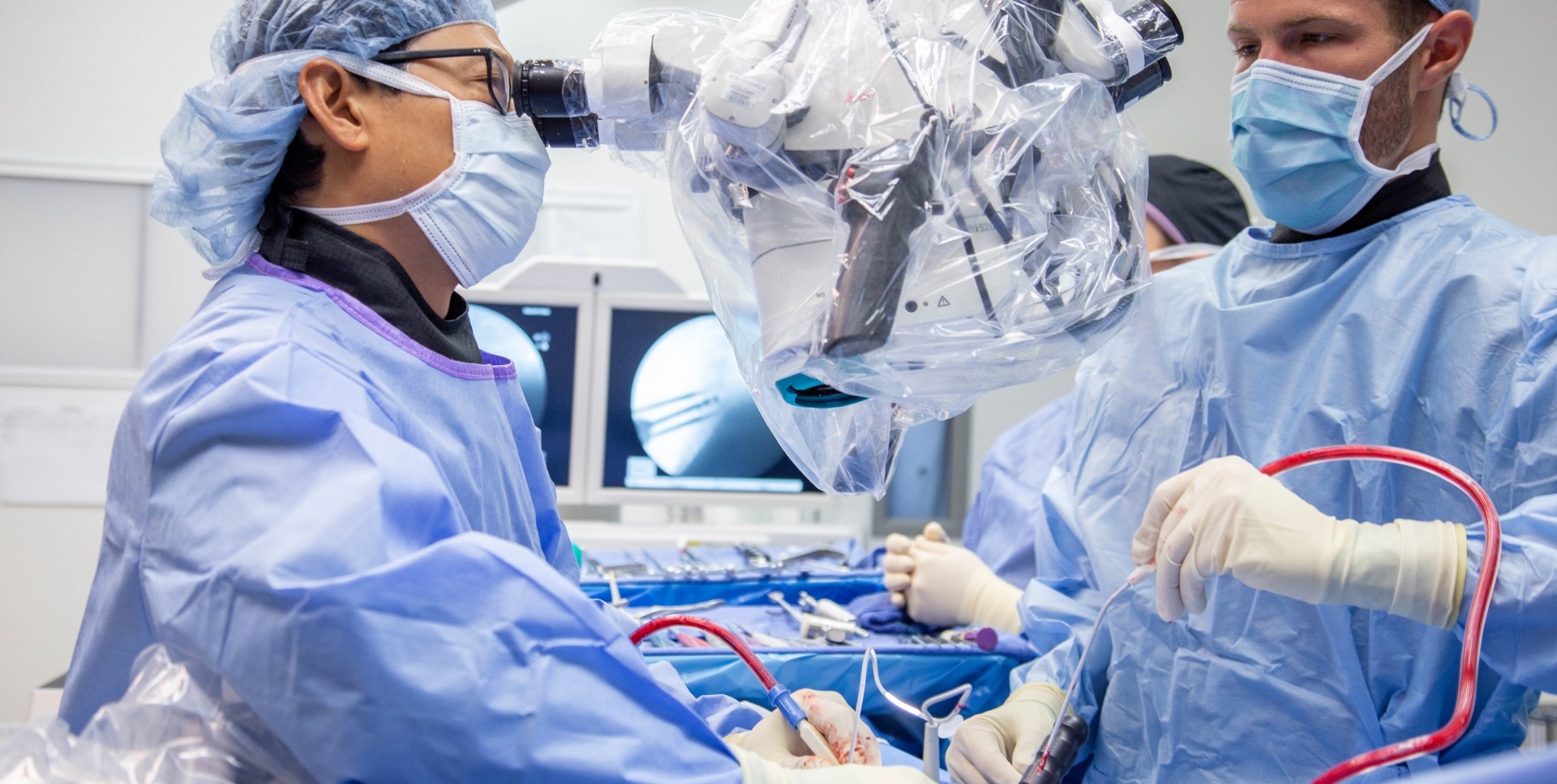Exactly How Insurance coverage Functions with the Best Spine Surgeons in St Louis MO
Exactly How Insurance coverage Functions with the Best Spine Surgeons in St Louis MO
Blog Article
Understanding the Usual Spine Troubles That May Require Surgical Intervention
An extensive understanding of usual spinal column troubles that might necessitate medical treatment is necessary for both doctor and patients. Conditions such as herniated discs, back stenosis, and degenerative disc condition not just influence wheelchair yet can additionally dramatically impair lifestyle. While conventional therapies often provide alleviation, there are circumstances where surgical treatment becomes the most feasible choice for recovering function. As we check out the different conditions and their effects, it becomes noticeable that the decision-making process surrounding medical intervention is intricate and diverse, elevating crucial concerns concerning timing, risks, and end results.
Herniated Discs
Herniated discs are a common spine condition, frequently resulting from age-related deterioration or intense injury. best spine surgeons in st louis mo. This condition takes place when the soft internal product of a spinal disc protrudes with its outer layer, possibly compressing adjacent nerves. The resulting signs can include local pain, feeling numb, prickling, or weakness in the limbs, depending on the affected location of the spine
Diagnosis usually entails a comprehensive case history and checkup, often supplemented by imaging researches such as MRI or CT checks. These diagnostic devices enable healthcare professionals to assess the degree of the herniation and its influence on surrounding structures.
Therapy options for herniated discs vary from conservative measures, such as physical treatment and drug, to more intrusive treatments. Lots of patients find relief through non-surgical techniques, which concentrate on pain administration and restoring function. Nevertheless, when conventional therapies fall short to relieve signs or when neurological deficiencies occur, surgical intervention might be warranted.
Surgical choices, consisting of discectomy or spine blend, goal to eliminate pressure on the damaged nerves and recover spinal stability. The decision to seek surgical treatment is usually made after mindful consideration of the individual's general health and wellness, seriousness of symptoms, and response to previous treatments.
Spine Constriction

Symptoms often worsen with tasks that call for long term standing or walking, causing a problem recognized as neurogenic claudication. Medical diagnosis commonly entails imaging researches, such as MRI or CT checks, which help envision the level of constriction and determine influenced areas.
Treatment alternatives for back stenosis might begin conservatively, making use of physical therapy, discomfort management techniques, and way of living adjustments. When these interventions fail to supply relief or when neurological shortages arise, surgical options may become necessary. Surgical treatments, such as decompression laminectomy or spinal blend, purpose to soothe pressure on the spine and nerves, thereby relieving pain and restoring feature. Early intervention is crucial, as long term compression can result in permanent damages and difficulties.
Scoliosis
A significant variety of people are impacted by scoliosis, a problem identified by an irregular lateral curvature of the back (best spine surgeons in st louis mo). This curvature can develop in various kinds, consisting of idiopathic scoliosis, which arises without a recognized reason, or as a result of neuromuscular conditions, genetic factors, or degenerative conditions. The seriousness of scoliosis can differ substantially, varying from mild contours that may not call for treatment to extreme instances that can cause discomfort, breathing concerns, and lowered i was reading this quality of life
Medical diagnosis is generally made through health examinations and imaging studies such as X-rays, which assist assess the level of curvature and its development. Treatment alternatives are figured out based upon the extent of the curvature, age of the patient, and possibility for progression. Non-surgical treatments include monitoring, supporting, and physical treatment. However, surgical intervention might come to be required for patients with significant curvature that is worsening, or for those experiencing devastating symptoms. Surgical alternatives commonly include back combination, which intends to deal with the curvature and support the spinal column. Early diagnosis and intervention are important to handling scoliosis successfully and reducing possible difficulties.

Degenerative Disc Illness

DDD is usually a result of the natural aging procedure, but aspects such as genetics, lifestyle, and recurring pressure can accelerate its beginning. Patients frequently report localized discomfort in the reduced back or neck, which might emit to various other areas, such as the limbs. In extreme instances, nerve compression can result in neurological symptoms, including tingling, prickling, or weakness.
While traditional treatments, such as physical therapy and pain monitoring, can relieve symptoms for numerous individuals, some may require medical treatment. Surgical choices, such as spinal fusion or artificial disc replacement, aim to recover security and relieve discomfort by addressing the underlying problems brought on by DDD. A comprehensive evaluation by a back professional is important to figure out one of the most ideal therapy approach.
Fractured Spine
Fractured vertebrae stand for a considerable problem in spine health, often resulting from injury, osteoporosis, or other degenerative conditions (best spine surgeons in st louis mo). These fractures can lead to severe pain, loss of mobility, and potential problems such as spine instability or neurological deficiencies. The device of injury generally entails either straight injury, such as falls or vehicular mishaps, or the steady weakening of bones due to problems like osteoporosis
Diagnosis is usually confirmed via imaging research studies, consisting of X-rays, CT scans, or MRIs, which disclose the degree and type of fracture. Therapy choices vary depending on the fracture's seriousness and the patient's overall wellness. Conventional management might involve pain alleviation, remainder, and physical treatment; nevertheless, medical treatment may be required for displaced cracks, those creating spinal instability, or when conservative steps fail.
Surgical strategies can consist of vertebroplasty or kyphoplasty, procedures intended at visit site easing and stabilizing the vertebra discomfort. In extra serious situations, spinal combination might be shown to restore structural honesty. Appropriate and timely intervention is essential in making sure optimum recovery and reducing long-lasting complications related to broken vertebrae.

Conclusion
In recap, common spine troubles such as herniated discs, spinal stenosis, scoliosis, degenerative disc condition, and fractured vertebrae can considerably hinder quality of life and necessitate medical treatment. While conventional therapies might provide relief oftentimes, relentless or extreme signs commonly call for medical options to recover feature and alleviate discomfort. Prompt diagnosis and appropriate management are vital to improve client results and promote healing in individuals impacted by these incapacitating conditions.
Back stenosis is a condition defined by the narrowing of the back canal, which can lead to compression of the spine cable and nerve origins. Surgical treatments, such as decompression laminectomy or spine fusion, objective to alleviate stress on the spinal cord and nerves, consequently minimizing pain and bring back feature. Surgical find out alternatives, such as spinal fusion or fabricated disc substitute, goal to bring back security and ease discomfort by addressing the underlying concerns triggered by DDD. Traditional management might entail discomfort relief, remainder, and physical treatment; nonetheless, surgical intervention might be required for displaced fractures, those causing spine instability, or when conventional measures stop working.
In recap, common spine issues such as herniated discs, back constriction, scoliosis, degenerative disc disease, and broken vertebrae can substantially harm quality of life and necessitate surgical intervention.
Report this page